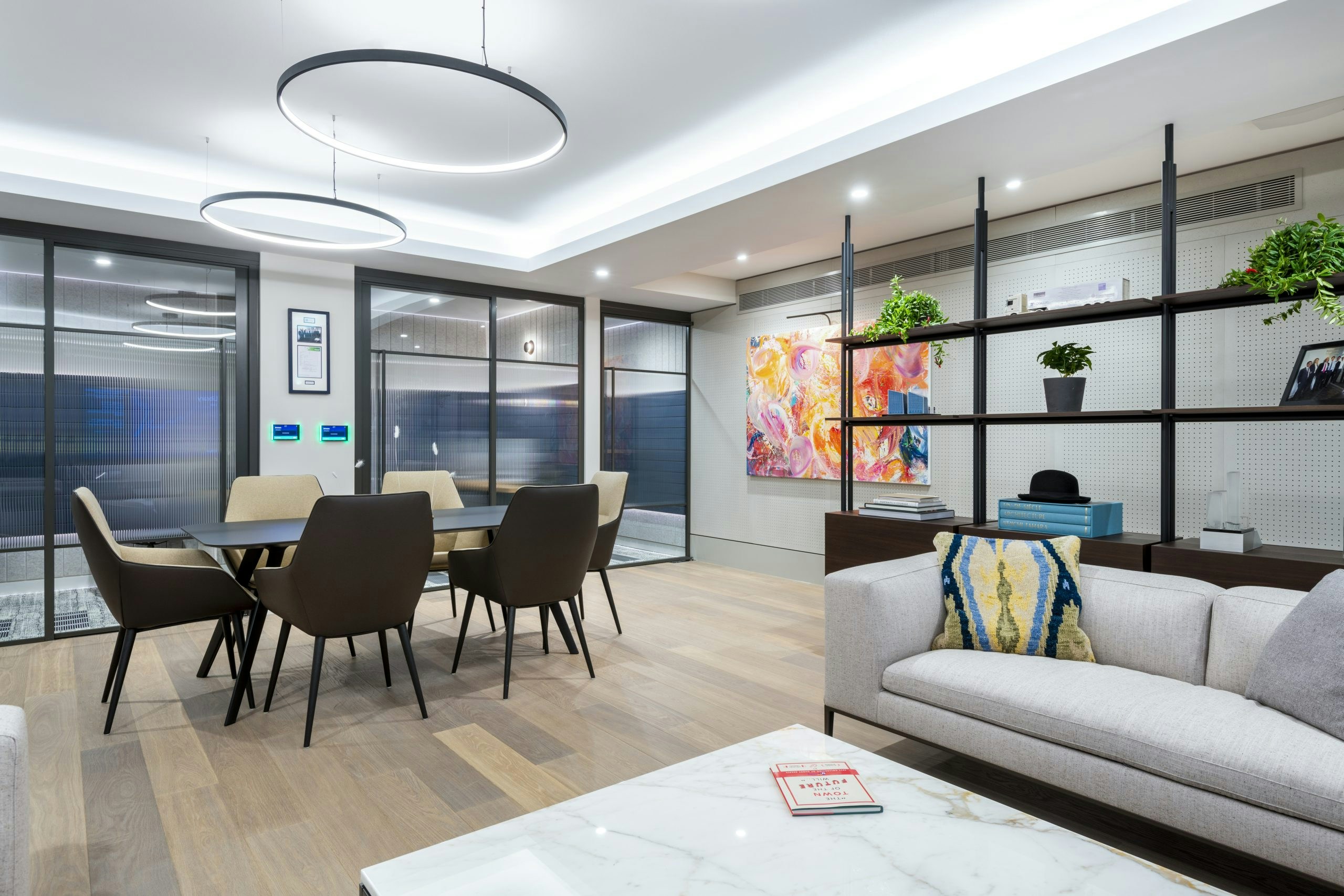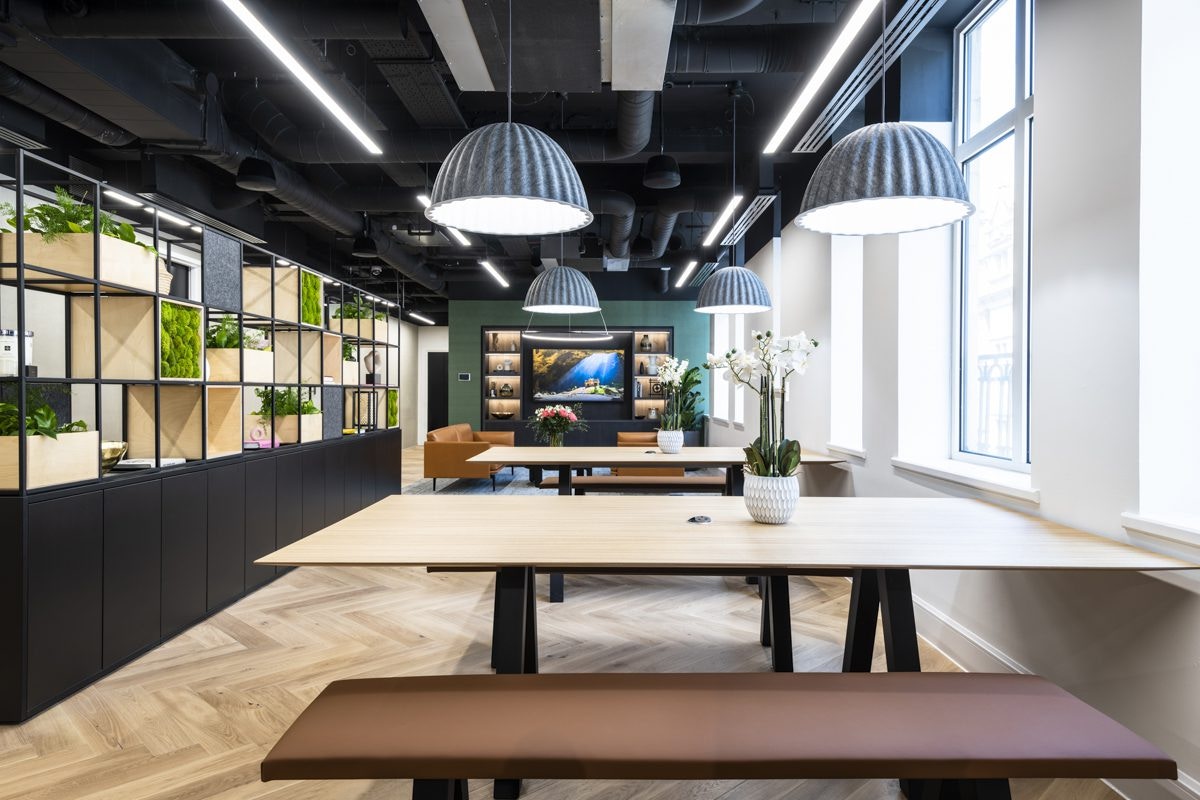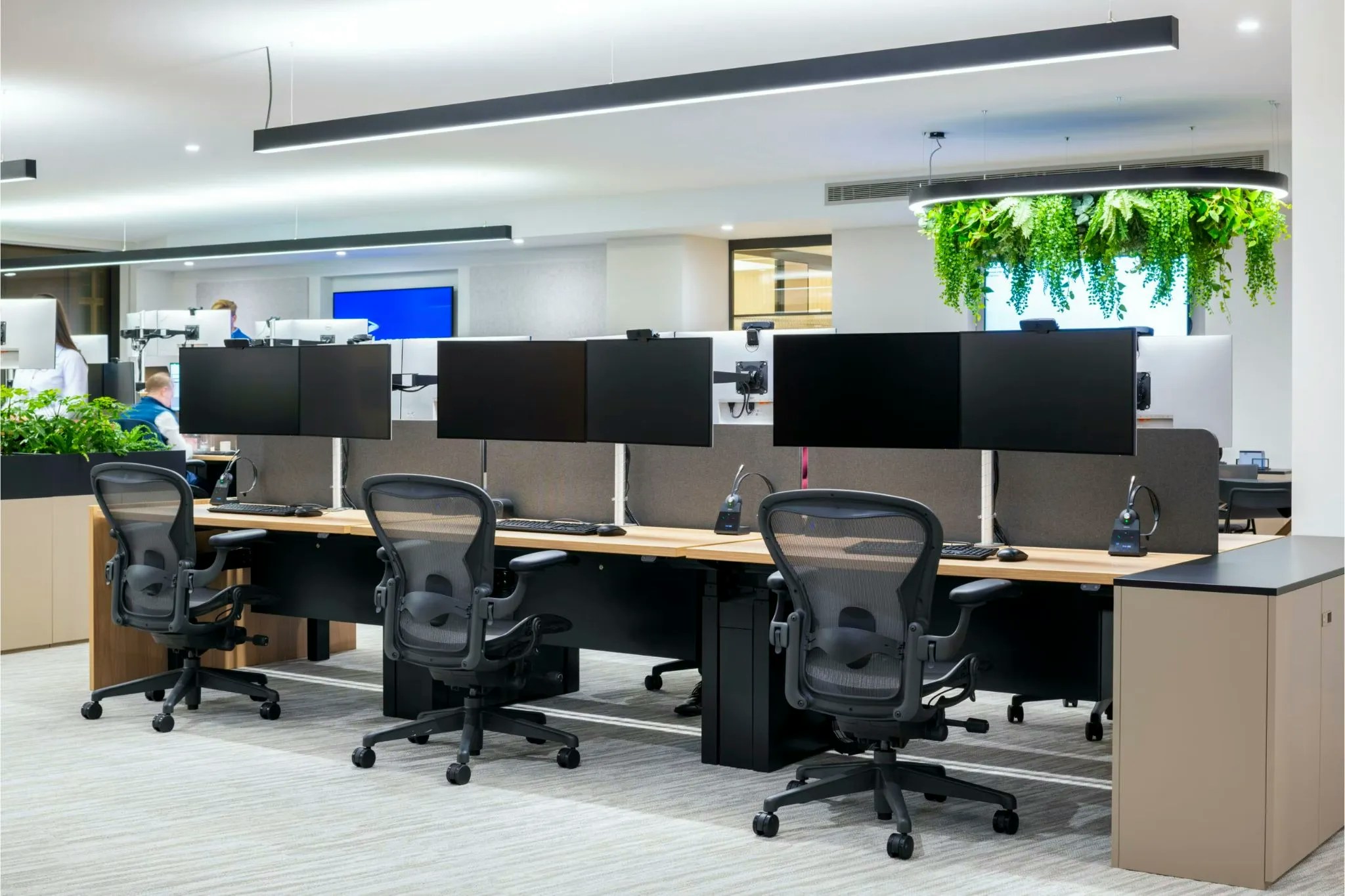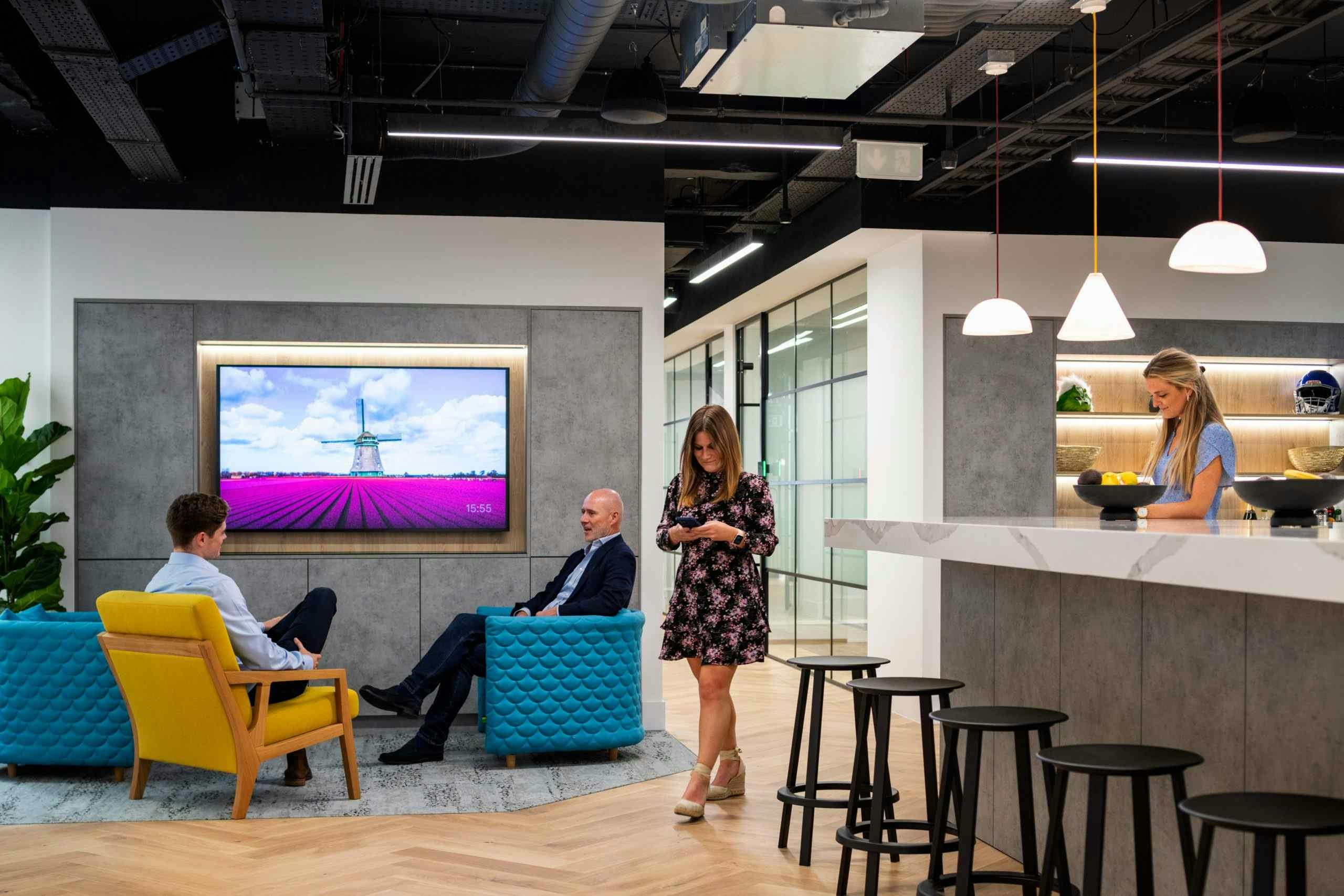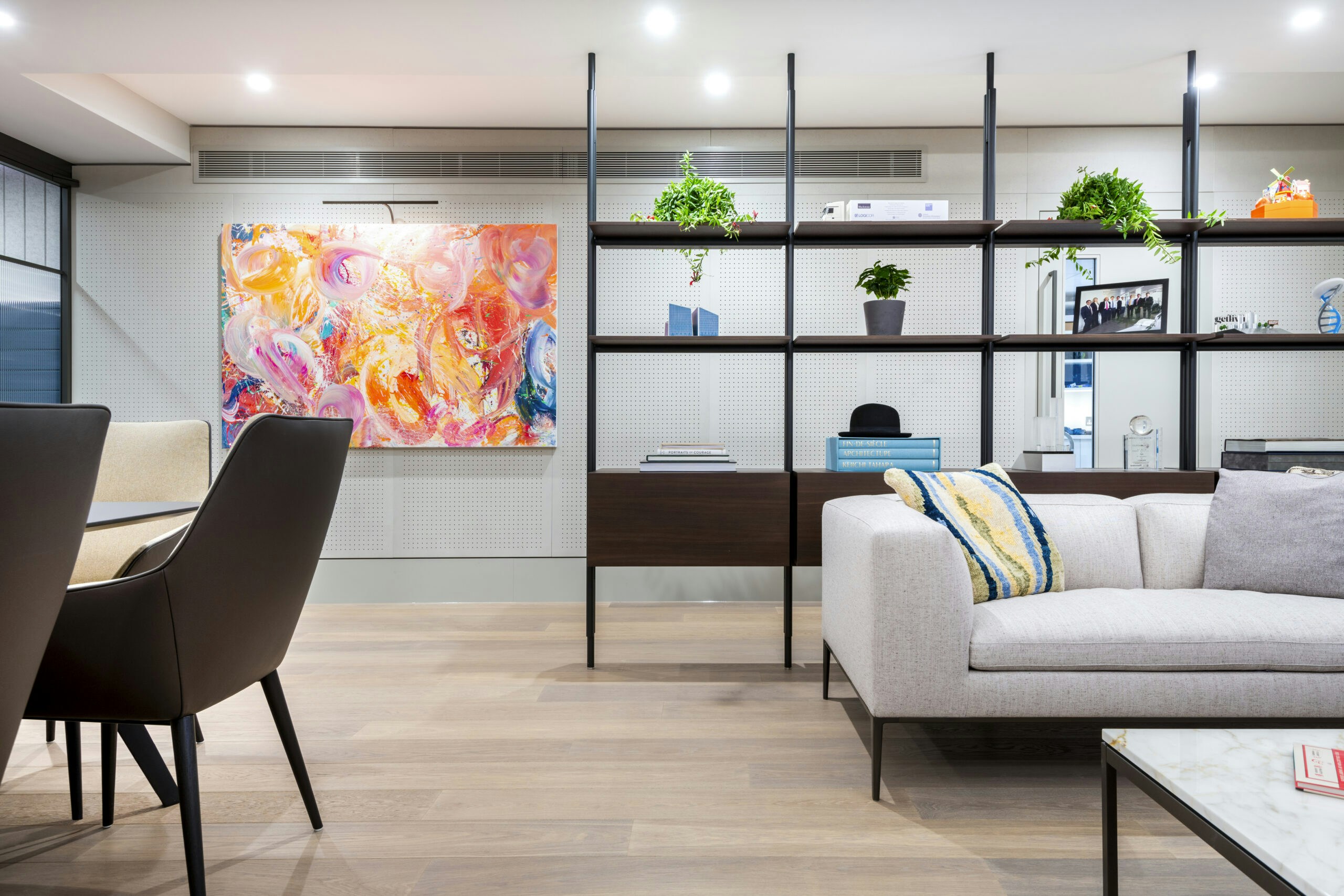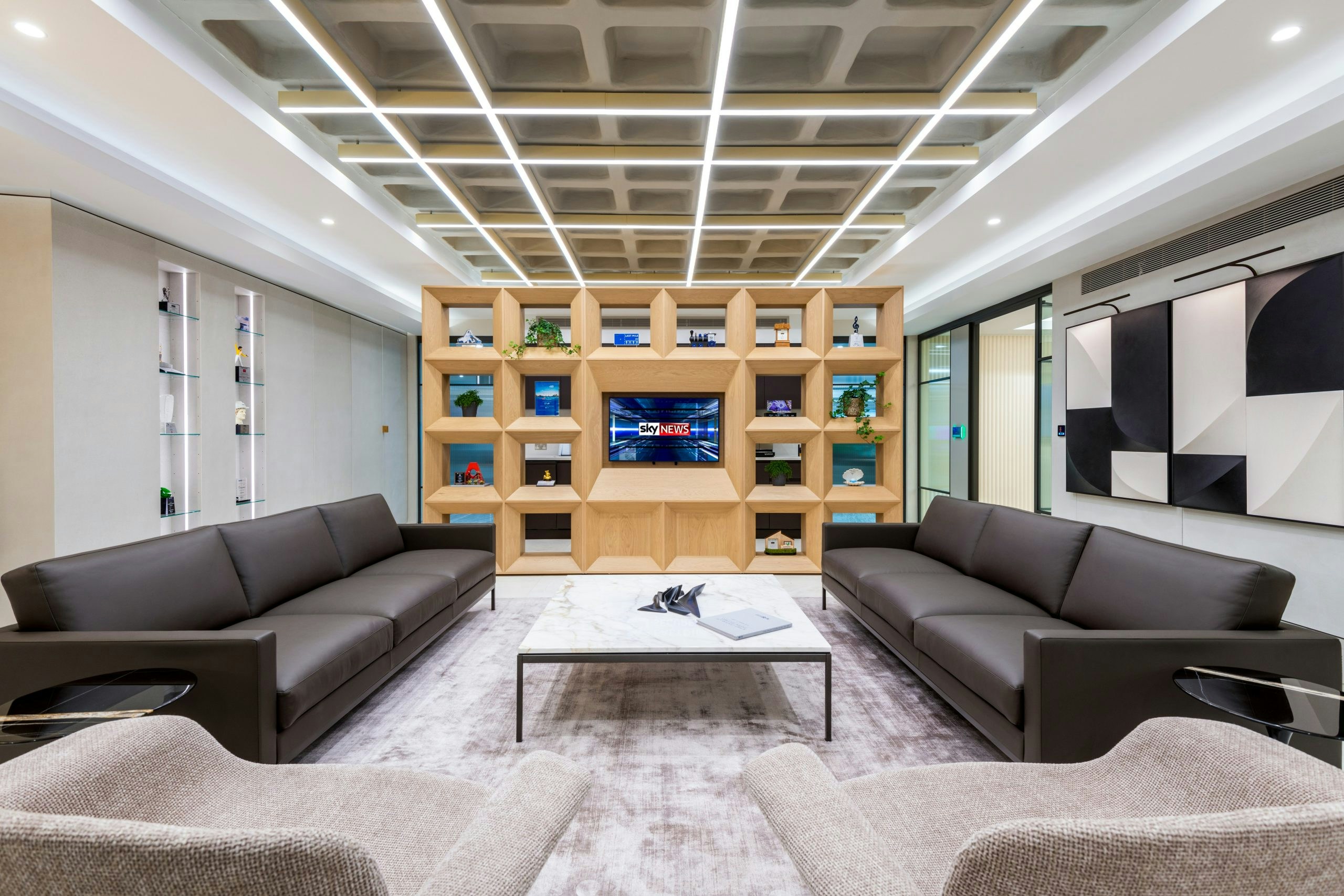Redefining Office Design in the Legal Sector
A law firm office design, fit out, or refurbishment can enhance staff retention and well-being while future-proofing the long-term leases of legal workspaces, which can be as long as 10-15 years. In our design and fit-out projects for law firms like Squire Patton Boggs and Latham & Watkins, we’ve noticed that there’s a pronounced emphasis on infusing brand identity into the office design. Spaces aren’t just functional; they’re a reflection of the firm’s ethos, values, and legacy.
This article provides a deep dive into office design and fit out of law firms: from collaborative zones and the value of transparency to the importance of inclusivity and the imperative of staying ahead in an increasingly digital workplace. The next few paragraphs cover it all.
